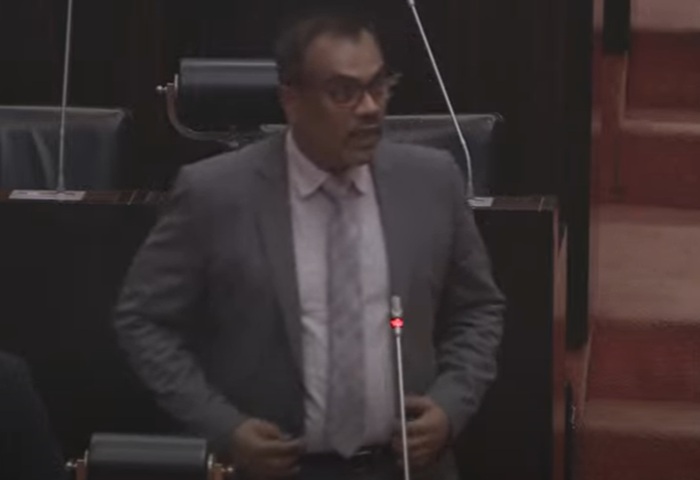
The Centre for Human Rights and Research has welcomed State Minister Anil Jayantha’s statement in Parliament today—that Sri Lanka’s broad money supply (M2b) expanded by over Rs. 1.2 trillion in recent months—as an implicit acknowledgement of the issue.
CHR, drawing parallels to the Gotabaya Rajapaksa government, during which excessive money printing severely impacted the economy, said that the Central Bank administration at the time downplayed risks, eventually leading to an economic collapse.
Deputy Minister of Economic Anil Jayantha addressed an earlier statement by the CHR, calling the report misleading and urging the public to refer to updates from the Central Bank regarding reserves and broad money.
On Sunday, CHR released a statement warning that Sri Lanka faces significant challenges in achieving this year’s economic development targets due to money printing, declining foreign reserves and rising domestic debt.
CHR’s Executive Director Rajith Keerthi Tennakoon said the Central Bank printed Rs. 1,225.9 billion (or Rs. 1.2 trillion) from October 2024 to June 2025, alleging that the action was in violation of agreements with the International Monetary Fund.
Warning that the move could be the beginning of the country heading towards an economic crisis once again, Tennakoon said the Central Bank printed Rs. 210.3 billion (10.4% expansion) in June 2025 alone. Rs. 233.90 billion was printed in March 2025, the highest amount printed in the first six months, the statement said.
“During the Gotabaya regime, the economy was devastated by excessive money printing (e.g., the April-May 2022 expansion of 17-20%). It is the joint responsibility of Parliament and the Central Bank to take appropriate steps to prevent the country from experiencing another financial crisis,” Tennakoon said.
The statement further warned that Sri Lanka’s national debt has risen sharply since the presidential election in September 2024.
Since the presidential election in September 2024, Sri Lanka’s total debt has increased by Rs. 905.74 billion, with domestic debt rising by Rs. 1,034.81 billion as of April 2025, the statement said.
The reduction in foreign debt was offset by increased domestic borrowing through treasury bonds and bills, though a recent Rs. 65 billion bond issue saw no bids for the 2032 bond, the CHR explained.
Meanwhile, foreign reserves declined from $6.531 billion in June to $6.114 billion in July, with net reserves dropping from $2.799 billion in March to $2.210 billion in June—a $364 million decrease since December 2024, they added. (Newswire)
